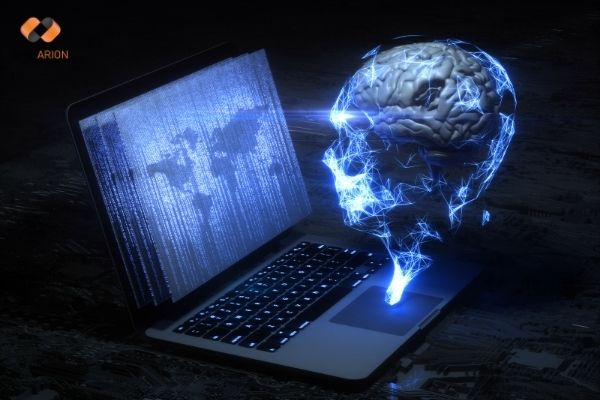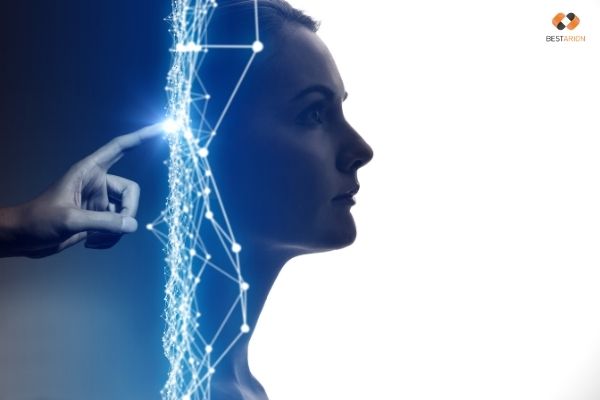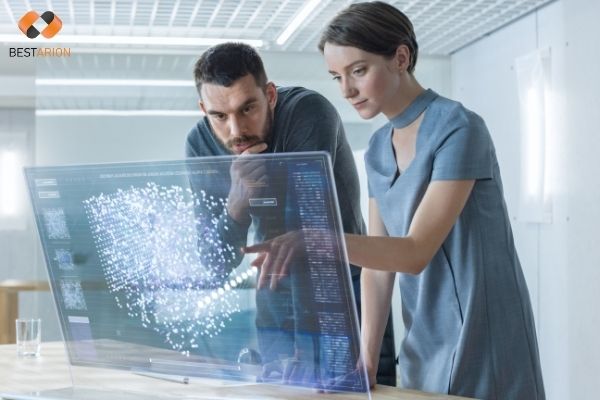How to Use Artificial Intelligence (AI) in Kubernetes Monitoring

In this article, we’ll look at the best approaches for incorporating Artificial Intelligence into your automated Kubernetes monitoring.

Digital acceleration is gaining traction as businesses want to develop, improve customer connections, and create user experiences that outperform competitors. The IT industry in particular, and its function in large-scale production environments, has become exponentially more complex, with corporations investing in AI solutions and becoming increasingly worried with problems like “what is hyper-automation?”
Monitoring software provides visibility into these dispersed IT infrastructures. As a result, AI monitoring systems incorporate more components to assist simplify difficulties and move decision-making from reactive to proactive. We’ll look at the best approaches for incorporating AI into your automated Kubernetes monitoring in this article.
Let’s get started.
Cloud Container Orchestration using Kubernetes
Kubernetes (K8s) is a lightweight open-source solution for monitoring containerized workloads. Despite the numerous advantages it provides for container management, it is not a complete solution in and of itself. It more closely resembles a component of your wider IT infrastructure ecosystem.
Containers have emerged as the preferred framework for deploying microservices-based applications at scale, with Kubernetes as the preferred management platform. Given how easily these dynamic platforms can automate web server deployment, businesses must implement an AI-driven infrastructure monitoring strategy that matches the complexity of their digital transformation.
Handling by Hand
Kubernetes-based cloud solutions provide more flexible IT environments due to their complexity and elasticity. Manual observability, on the other hand, is insufficient for obtaining a complete picture of what’s going on in your multi-cloud environment and underlying infrastructure.
For containers, microservices, and Kubernetes, manual observability and configuration are inefficient. For one thing, IT staff might become bogged down by the sheer volume of information.

Because of the limitations of traditional monitoring, you’ll have little visibility into the infrastructure components and interdependencies that are otherwise a rich source of digital business data if you don’t use Artificial Intelligence. You won’t be able to see essential information about your system’s building components if you don’t use Artificial Intelligence.
In your business, having a large number of containers communicating with one another is no guarantee against blind spots. So, using knowledge about specific users, transactions, their context, and metadata, you need to get a hold of non-performing code or single out errors when they occur.
Managing Obstacles
Such data is critical for having a better picture of how your company is operating. This type of Kubernetes monitoring necessitates end-to-end observability that extends beyond metrics, logs, and traces to include the context in which exceptions occur and the impact on users.
Organizations are hampered when trying to resolve core causes of slowdowns or failures without a thorough understanding of the interplay among microservices, worker nodes, user sessions, and the dependencies they rely on. Yes, by tracing and logging interactions, IT workers can manually stitch together connective constructions.
Unknown Repercussions
The most significant disadvantage of manual solutions is the lack of full-stack insight into container interactions, leaving you unaware of the impact of errors on your end-users. You must understand how end-users interact with your microservices, from an increase in response time to a failure rate.
Your unmanaged system degradations could lead to a deluge of ramifications for your organization if you don’t have a clear view of your surroundings. What’s the end result? Your IT productivity will be severely harmed.
The Observability Gap Must Be Bridged
Let’s get a little more specific about how you can use Artificial Intelligence. It’s game-changing to have such advanced observability in the form of automatic code-level insights. You will greatly boost organizational productivity by liberating your team from the time-consuming tedium of manual work and allowing them to refocus on the mission-critical tasks that provide value and drive innovation.
Developers and Kubernetes platform operators must have the ability to spot trends and make adjustments in a dynamic environment with hundreds or thousands of containers and microservices in production.
Tip: Prioritize service quality by optimizing in tandem with a systematic quality assurance approach.
With Wide Open Eyes
Using an AI-driven approach to automated monitoring, your team will be able to peek into every component in your Kubernetes infrastructure layer. This degree of deep understanding and control would be prohibitively difficult for teams to attain manually. It also enables you to monitor the impact of each container, pod, node, cluster, and microservice on your customers and business in real-time.
End-to-end dependency mapping and a multidimensional picture of all the connections between containers, as well as incoming and outgoing interactions on the vertical stack, are all features of Map Artificial Intelligence solutions that can help you improve your Kubernetes monitoring.
Measure AI monitoring can also assist you in determining the impact of your services on a large scale. AI allows you to optimize individual endpoints and break down silos by showing hot spots and offering an in-depth view of transactions through various technologies and infrastructure components.
Manage Kubernetes monitoring allows you to see how users interact with your services and see how your site performs in terms of sessions, conversions, and metrics under various conditions.

Maintain vigilance.
Finally, here are some best practice recommendations for using Artificial Intelligence to automate your alerts:
1) Track API metrics like call error, request rate, and latency in your microservices to immediately spot applications. Rather than using static warnings for hundreds of different APIs, employ AI monitoring to discover abnormalities and pattern changes in metrics before they completely fail.
2) Cut through the clutter of individual container monitoring. The system may learn the normal behavior of any Kubernetes resource metric and construct a baseline so that an alarm isn’t sent every time the metric peaks.
3) Keep track of metrics relating to the crucial “status” and “reason” elements of the overall state of your services. In this manner, you can see the difference between minor hitches and actual trends that need to be addressed.
4) Set up anomaly notifications based on the critical high disk use (HDU) measure.
A Difficult Task
How well do you know your systems? Who watches the watchers, even if automation testing is in place? In the constant battle to manage complexity, these are some of the issues that businesses must face when they construct more complex systems and adopt new technologies.
Fortunately, AI-based technologies offer a solution. Advanced supervision organizations not only optimize everything from cost, capacity, and workloads but also detect possible issues at the source and gather accurate and actionable data on the interdependencies across their IT infrastructure.
Get in touch
Phone: +842837155742
Email: [email protected]
